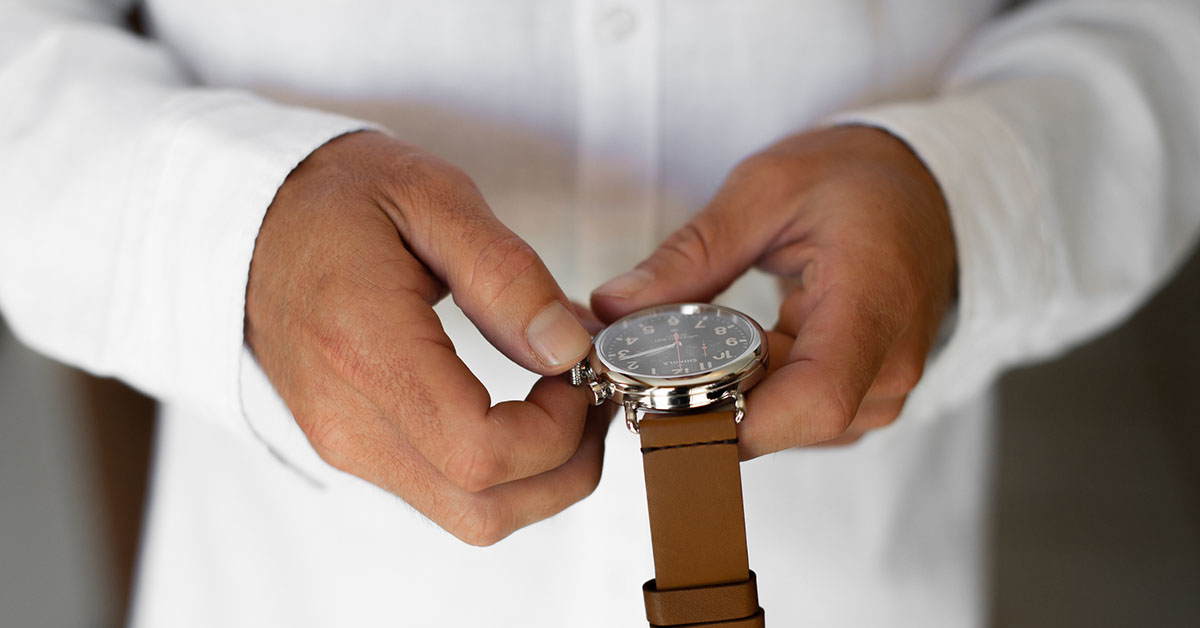Here’s what to expect when you visit the doctor for your first mammogram
Do you have a mammogram scheduled? If you’ve never had one of these tests before, you might not know what to expect. Friends or family members might have had mammogram experiences that leave you feeling unsure about your appointment. Knowing what happens during a mammogram and what it feels like can empower and prepare you for success and comfort at your visit.
What is a mammogram?
A mammogram is a type of X-ray image. It lets doctors see pictures of the inside of your breast tissue. Doctors can use these pictures to tell whether your breast tissue is healthy. They can also see if the tissue has any abnormal lumps, small white areas called calcifications or other spots that could be cancerous.
Doctors usually do mammograms as screening tests. That means the mammogram can show problems before they cause symptoms. Some mammograms are diagnostic. Doctors use them to get more information about unusual areas they find during a screening mammogram.
Having regular mammograms helps your doctor get a complete picture of your breast health. They can tell from one mammogram to the next if there are any changes that need more testing. The American Cancer Society recommends that:
- Women ages 50–74 without additional risk factors should receive a screening mammogram every 2 years.
- Women ages 40–49 can benefit from regular mammograms, depending on risk factors. Talk to your doctor about if you should receive a mammogram.
- If you are under age 40 and have a family history of breast cancer, talk to your doctor about when you should have a mammogram.
If you’re younger than 40, doctors generally recommend waiting to have a mammogram. If you have a family history of breast cancer or notice symptoms, you might start earlier. Younger people usually have denser breast tissue. This makes mammograms less effective in people under 40. Instead of receiving a mammogram, it’s helpful to perform monthly breast self exams at home starting around age 20.
Why are mammograms important?
One of the main reasons mammograms are so important is because they can help you and your doctor detect cancer early. These tests can even show changes in your breasts up to two years before you or your doctor feel or notice them, according to CancerCare. The earlier cancer is found, the easier it is to treat. Mammograms really can save lives.
How to prepare for your mammogram
On the day of your appointment:
- Let your doctor know about any changes you’ve noticed in your breasts.
- Find out when your mammogram results will be available and how the office will contact you.
- Tell the doctor if you have a family history of breast cancer and if you’ve taken hormone medications.
- Don’t wear deodorant, lotion or talcum powder under your arms and around your breasts. They can look like calcium spots on the X-ray images.
What a mammogram feels like
At the start of your screening mammogram, a trained X-ray technician puts each of your breasts on the imaging machine. Your breasts rest on a platform, and an upper plate slowly presses and flattens them on the machine separately. The machine takes pictures, and the technician repositions your breasts so the machine can take pictures from the sides. The pressure can cause some discomfort, but it only lasts for about 10 seconds for each image.
Some women say that the machine’s pressing feels like a blood pressure cuff. If you’re worried about pain, try to schedule your mammogram for a week after your period when your breasts aren’t as tender. Always let the technician know if the mammogram hurts. They can reposition your breasts on the machine.
It helps to remember that mammograms are completely safe. Some people worry about the amount of X-ray energy that their bodies absorb from a mammogram. You only receive a tiny amount. It doesn’t harm you in any way. And, mammograms only last about 20 minutes from start to finish.
Mammograms are important tests for helping you take charge of your health. If your doctor has recommended that you get a mammogram, or if you want to have one done, visit Mercy.com today to make an appointment. We’ll walk you through this essential procedure along your path to vibrant health.
Trying to get a mammogram in a pinch? You can also review our Events section to find a mobile mammography event near you.






